
Tikal: The Jewel of the Maya Civilization
Discover Tikal, the majestic ancient Maya city in Guatemala, where history and nature intertwine amidst soaring pyramids and lush rainforests teeming with wildlife.
Nestled deep within the lush rainforests of northern Guatemala, Tikal stands as a remarkable testament to the grandeur of the ancient Maya civilization. This UNESCO World Heritage Site, once a bustling city and ceremonial center, now offers visitors a glimpse into a world long past, with its towering pyramids, expansive plazas, and intricate carvings. Exploring Tikal is like stepping into a living history book. The Great Plaza, the heart of the city, is surrounded by awe-inspiring structures such as Temple I, also known as the Temple of the Great Jaguar, and Temple II, the Temple of the Masks. These pyramids soar above the jungle canopy, providing breathtaking views for those who venture to their summits. The Central Acropolis and North Acropolis further reveal the architectural prowess and cultural significance of this ancient metropolis. Nature lovers will also find Tikal to be a paradise. The surrounding rainforest is teeming with wildlife, including howler monkeys, toucans, and coatis. The harmonious blend of natural beauty and historical splendor makes Tikal a unique destination where history and nature coexist. Visitors can wander through the forest trails, discovering hidden temples and listening to the symphony of the jungle, making for an unforgettable adventure.
Local tips in Tikal
- Visit early in the morning to avoid crowds and experience the serene beauty of the temple grounds at sunrise.
- Wear comfortable walking shoes and bring plenty of water, as you'll be walking on uneven terrain and exploring extensive ruins.
- Hire a local guide to enrich your visit with detailed historical insights and fascinating stories about the Maya civilization.
- Don't forget insect repellent to protect yourself from mosquitoes, especially if you plan to explore deeper into the forest.
- Allocate at least a full day to explore Tikal thoroughly, as there is much to see and experience within the expansive site.
Tikal: The Jewel of the Maya Civilization
Nestled deep within the lush rainforests of northern Guatemala, Tikal stands as a remarkable testament to the grandeur of the ancient Maya civilization. This UNESCO World Heritage Site, once a bustling city and ceremonial center, now offers visitors a glimpse into a world long past, with its towering pyramids, expansive plazas, and intricate carvings. Exploring Tikal is like stepping into a living history book. The Great Plaza, the heart of the city, is surrounded by awe-inspiring structures such as Temple I, also known as the Temple of the Great Jaguar, and Temple II, the Temple of the Masks. These pyramids soar above the jungle canopy, providing breathtaking views for those who venture to their summits. The Central Acropolis and North Acropolis further reveal the architectural prowess and cultural significance of this ancient metropolis. Nature lovers will also find Tikal to be a paradise. The surrounding rainforest is teeming with wildlife, including howler monkeys, toucans, and coatis. The harmonious blend of natural beauty and historical splendor makes Tikal a unique destination where history and nature coexist. Visitors can wander through the forest trails, discovering hidden temples and listening to the symphony of the jungle, making for an unforgettable adventure.
When is the best time to go to Tikal?
Iconic landmarks you can’t miss
Tikal Futura
Experience luxury and convenience at Tikal Futura, the perfect hotel for tourists exploring the wonders of Guatemala City.
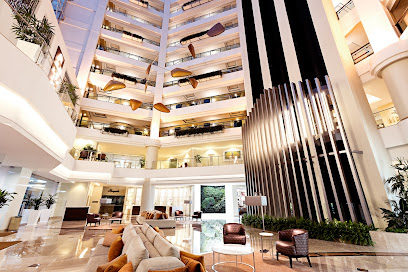
Tikal National Park
Discover the majestic ruins of Tikal National Park, a UNESCO World Heritage site showcasing ancient Mayan civilization amid lush jungles.
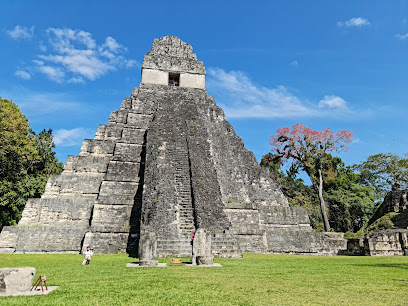
Plaza Obelisco
Discover the vibrant heart of Guatemala City at Plaza Obelisco, a stunning monument surrounded by culture, history, and local life.
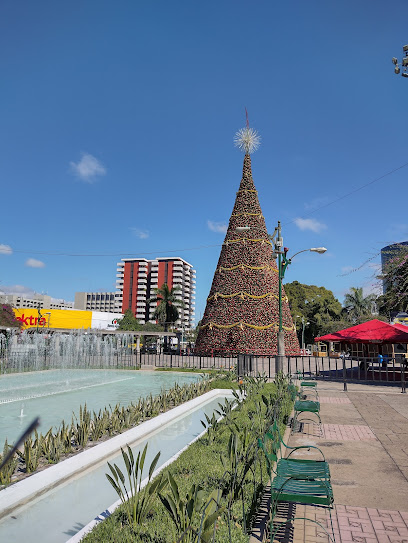
Semuc Champey
Explore Semuc Champey: A breathtaking natural preserve in Guatemala with turquoise pools and thrilling adventures in the heart of nature.
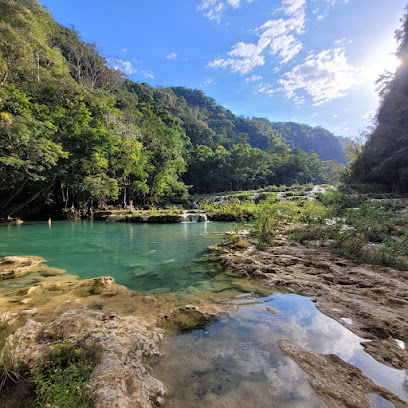
Sitio Arqueológico Iximche
Explore the ancient Mayan ruins of Iximché, a serene archaeological park rich in history and surrounded by stunning natural beauty in Guatemala.
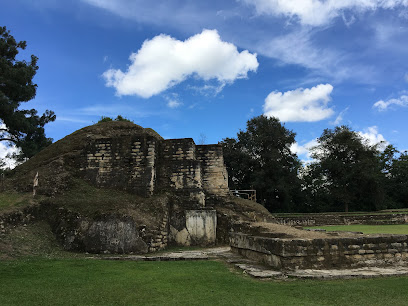
Templo IV, Tikal
Discover the grandeur of Templo IV in Tikal, an ancient Mayan temple that offers breathtaking views and a rich historical experience.
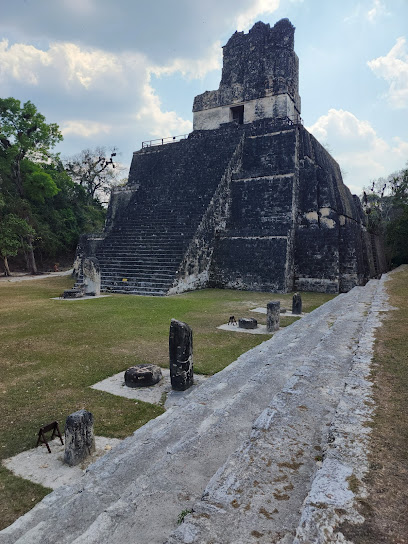
TIKAL National Park
Discover the ancient wonders of Tikal National Park, where history meets nature in a breathtaking jungle setting.
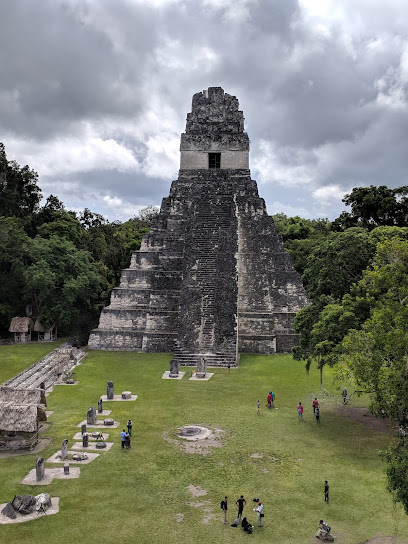
The Great Jaguar Tikal
Discover the ancient wonders of Tikal, a UNESCO World Heritage Site and home to the iconic Great Jaguar Temple amidst lush Guatemalan jungles.
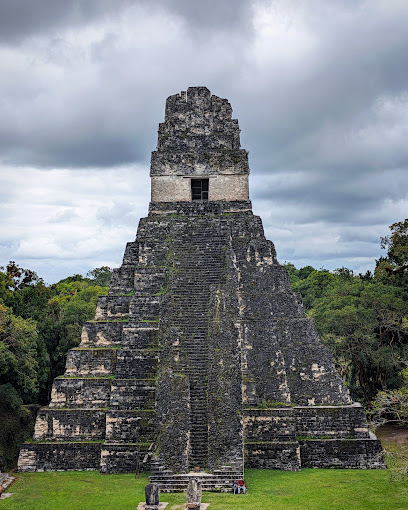
Jungle Lodge Hotel
Discover the enchanting Jungle Lodge Hotel in Tikal National Park, where nature, history, and comfort merge in an unforgettable travel experience.

The Lost World
Discover the ancient marvels of The Lost World at Tikal, where towering pyramids and vibrant jungles tell the story of the Mayan civilization.
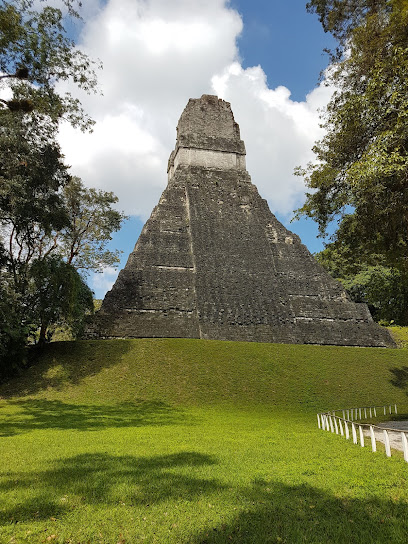
Hotel Camino Real Tikal
Experience luxury and adventure at Hotel Camino Real Tikal, the perfect base for exploring ancient Mayan ruins and lush jungles.

Cineflick Tikal Futura
Discover an extraordinary cinematic experience at Cineflick Tikal Futura, Guatemala City's leading movie theater for film lovers and tourists alike.

Hotel Jaguar Inn Tikal
Discover comfort and tranquility at Hotel Jaguar Inn Tikal, your ideal base for exploring the wonders of Tikal National Park.

Hotel Tikal Inn, Tikal
Experience the wonders of Tikal National Park while enjoying modern comforts at Hotel Tikal Inn, your gateway to ancient Mayan history and lush nature.

Jorge's Rope Swing
Experience the thrill of Jorge's Rope Swing in Flores, Guatemala, where adventure meets natural beauty in an unforgettable setting.
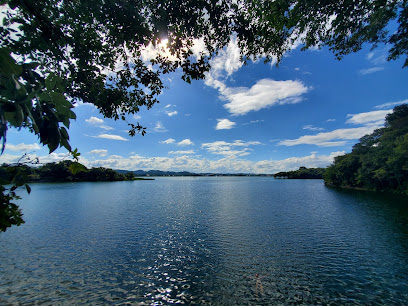
Unmissable attractions to see
Templo de la Serpiente Bicéfala
Explore Templo IV in Tikal, a breathtaking ancient Mayan temple offering stunning views and rich historical significance in the heart of Guatemala's jungle.
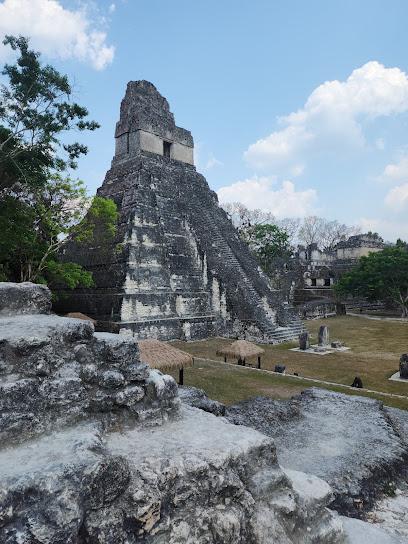
TIKAL National Park
Explore TIKAL National Park, a UNESCO World Heritage Site, where ancient Mayan ruins meet breathtaking jungles in Guatemala.
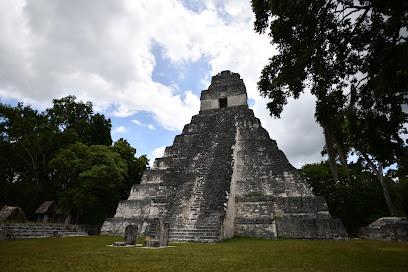
Parque Nacional Yaxha
Explore the serene beauty and rich Mayan history of Laguna Yaxhá, a stunning national park that captivates nature lovers and history buffs alike.
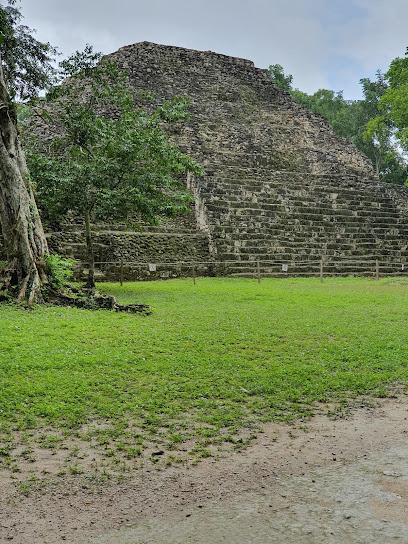
The Lost World
Explore Tikal, the majestic ancient Maya city shrouded in rainforest, where history and nature converge in breathtaking beauty.
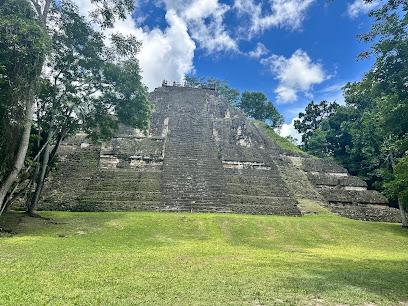
North Acropolis, Tikal
Discover the North Acropolis of Tikal, an ancient Mayan marvel with towering pyramids and rich history amidst breathtaking jungle scenery.
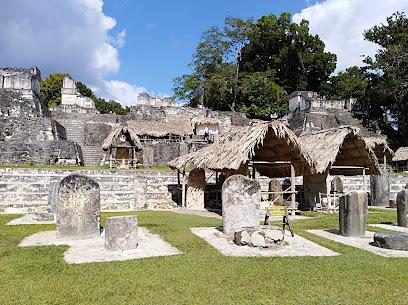
North Acropolis, Tikal
Explore the North Acropolis of Tikal, a stunning archaeological site that reveals the grandeur of the ancient Maya civilization amidst lush jungles.
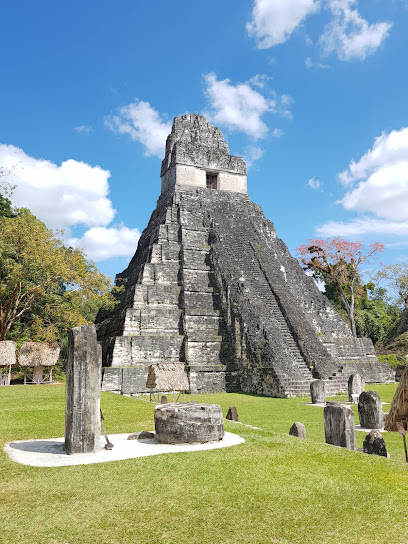
Templo II,Tikal,Guatemala
Explore the iconic Templo II at Tikal, a majestic Mayan temple surrounded by lush jungles, rich history, and breathtaking views.
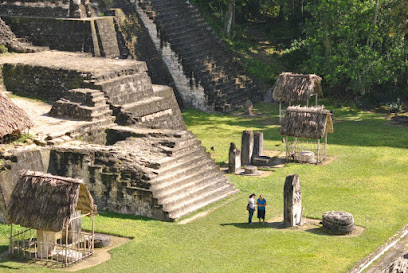
Parque Nacional Yaxhá-Nakum-Naranjo
Explore the captivating beauty and ancient ruins of Parque Nacional Yaxhá-Nakum-Naranjo, a national park rich in biodiversity and Mayan history.
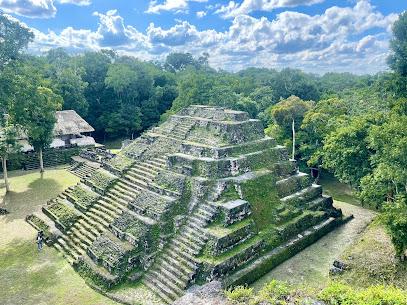
Palacio de las Acanaladuras
Explore the rich history and stunning architecture of the Palacio de las Acanaladuras, a breathtaking historical landmark in Tikal, Guatemala.
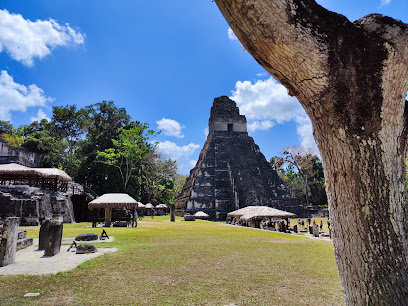
Malecòn Isla de Flores
Experience the charm of Malecón Isla de Flores, where vibrant culture meets stunning lake views in the heart of Guatemala.
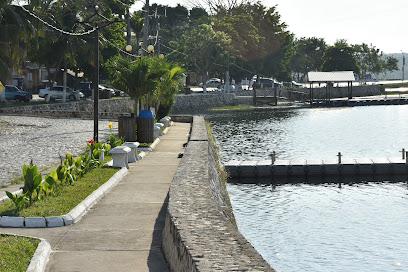
Seven Temples
Discover the ancient wonders of Tikal, home to the stunning Seven Temples, a UNESCO World Heritage site rich in history and natural beauty.
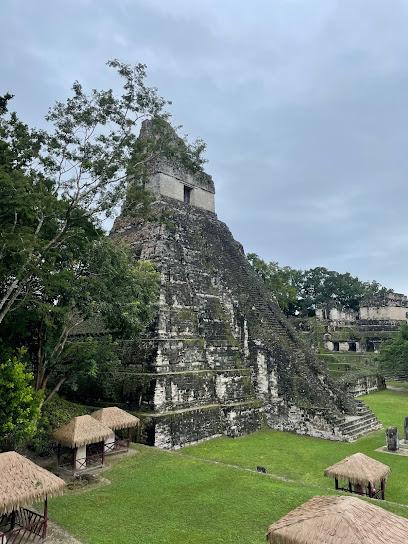
Flores
Discover the beauty and history of Flores, a charming island town in Guatemala's Petén region, perfect for adventure and relaxation.
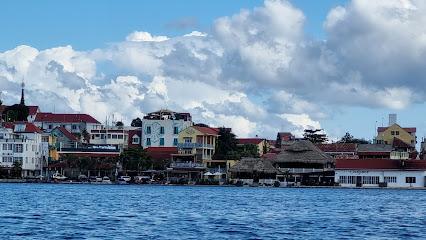
Essential places to dine
Tony Roma's
Experience the best of American cuisine at Tony Roma's in Guatemala City - savoring barbecue ribs, seafood delights, and more!
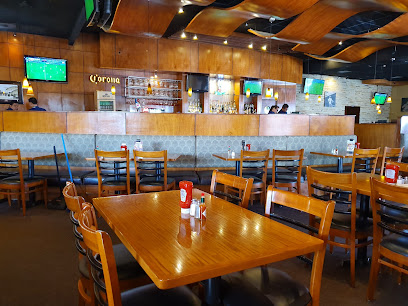
Hotel y Restaurante El Muelle
Experience authentic Guatemalan cuisine and warm hospitality at Hotel y Restaurante El Muelle near Tikal – a perfect blend of comfort and culture.

Restaurante Raices
Experience authentic Guatemalan cuisine at Restaurante Raices in Flores - A culinary journey through rich flavors and warm hospitality.
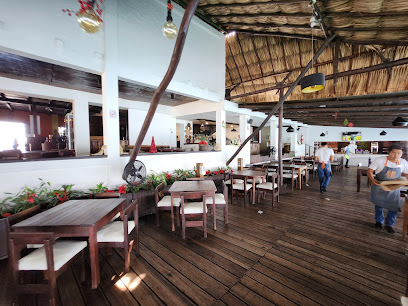
Maple & Tocino
Discover the unique flavors of Guatemala at Maple & Tocino – where brunch meets delightful desserts in an inviting setting.
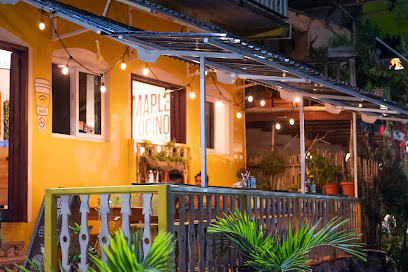
Tapas y Cañas
Experience authentic Spanish cuisine at Tapas y Cañas - indulge in flavorful tapas paired with exquisite wines in Guatemala City.
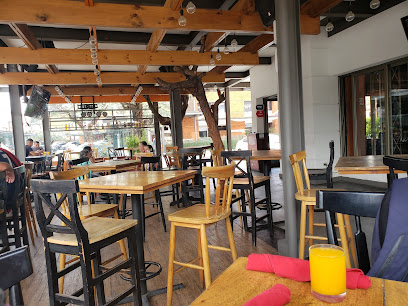
Restaurante Maracuyá
Experience authentic Guatemalan cuisine at Restaurante Maracuyá on Isla de Flores - where flavor meets breathtaking views.
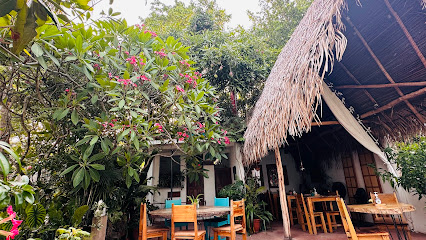
Cool Beans
Discover Cool Beans in Flores - where local flavors meet global cuisine in a vibrant atmosphere.
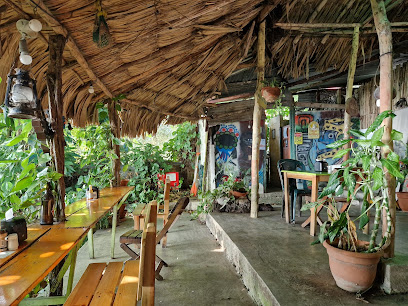
Katok
Discover authentic Guatemalan cuisine at Katok while enjoying breathtaking views on your journey to Tikal.
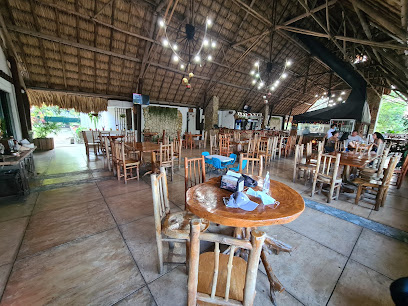
Bistro Puertas del Cielo
Discover exquisite flavors and stunning views at Bistro Puertas del Cielo in Flores - a culinary gem in Guatemala.
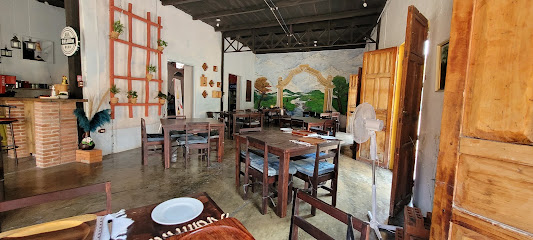
Tikal Park’s Restaurant
Experience delicious cuisine amidst the ancient wonders of Tikal at Tikal Park's Restaurant – where every meal tells a story.
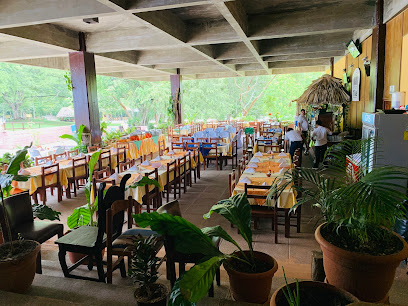
Restaurante San Telmo
Discover authentic Guatemalan flavors at Restaurante San Telmo in Flores—where every meal tells a story!
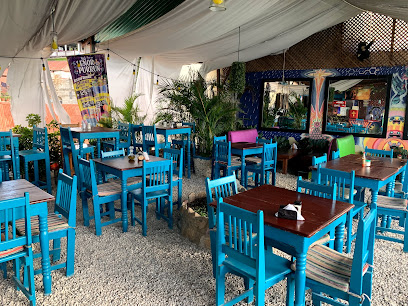
La Casa de Enrico
Experience the best of Guatemalan cuisine at La Casa de Enrico in Flores—where every meal tells a story.
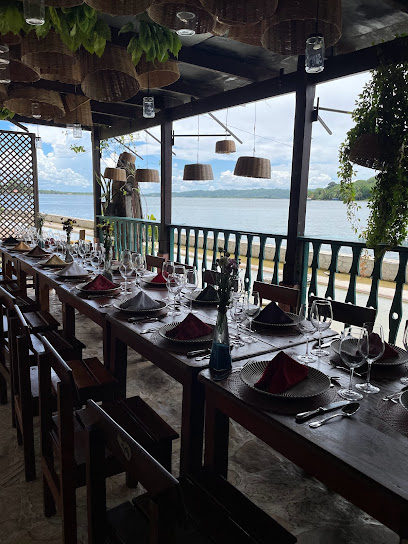
Hotel y Restaurante La Casa de Don David
Experience comfort and local cuisine at Hotel y Restaurante La Casa de Don David, your gateway to exploring Tikal's wonders.
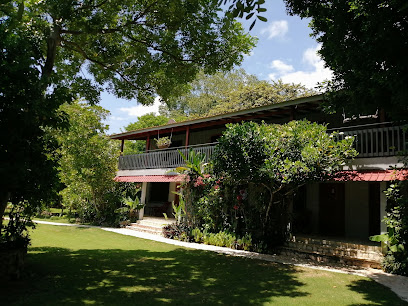
Restaurante Gonzalez
Discover authentic Guatemalan flavors at Restaurante Gonzalez - a culinary gem between Tikal and Flores.

TACOLITO
Discover the flavors of Mexico at TACOLITO in Guatemala City – where every taco tells a delicious story.
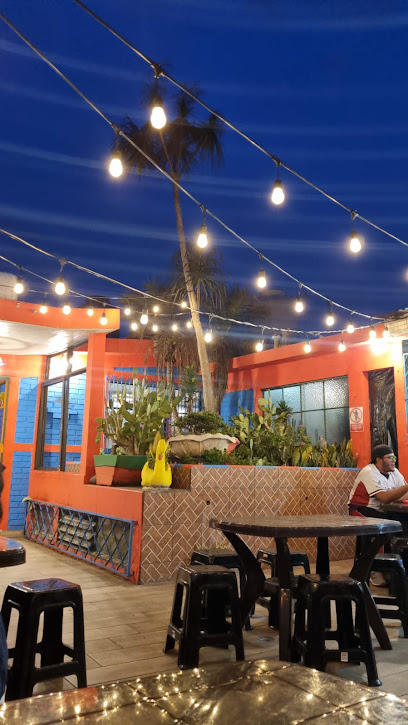
Markets, malls and hidden boutiques
Almacenes SIMAN • Oakland Mall
Explore Almacenes SIMAN at Oakland Mall, Guatemala City's premier department store for fashion, home goods, and local treasures in a vibrant atmosphere.

Torre Tikal Guatemala
Explore Torre Tikal, a vibrant shopping mall in Guatemala City, where local culture meets international shopping and dining experiences.
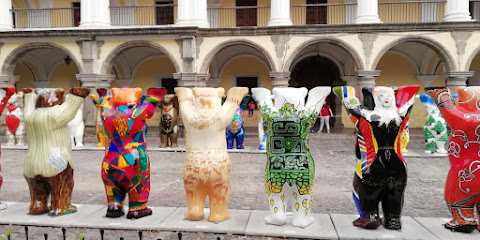
Gangas videogames Tikal Futura
Discover the ultimate gaming hub at Gangas Videogames in Tikal Futura, offering an extensive range of video games and expert services in Guatemala City.

Tienda Claro Tikal Futura II
Discover seamless connectivity at Tienda Claro Tikal Futura II, your trusted telecommunications provider in the heart of Guatemala City.
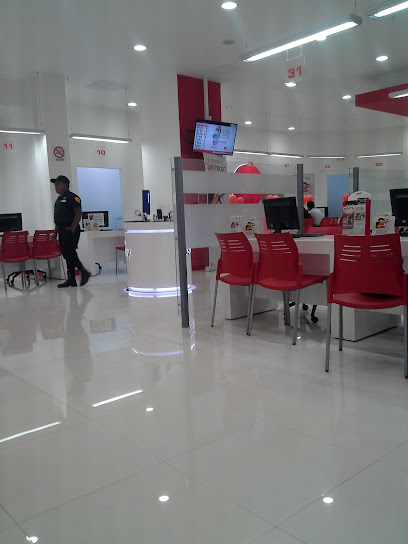
Plaza Comercial Tikal
Experience the vibrant shopping culture of San Luis at Plaza Comercial Tikal, where diverse retail and delicious dining blend harmoniously.
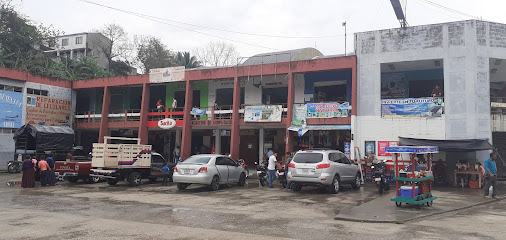
SOCCER MANIA - Tikal Futura
Discover the ultimate destination for sports enthusiasts at Soccer Mania - Tikal Futura, your go-to store for fitness gear in Guatemala City.
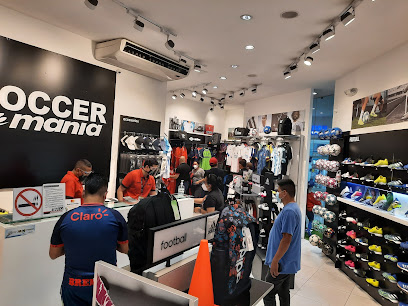
Movistar Tikal Futura
Experience the essence of Guatemala at Movistar Tikal Futura, your go-to destination for unique home goods and souvenirs in the heart of Guatemala City.
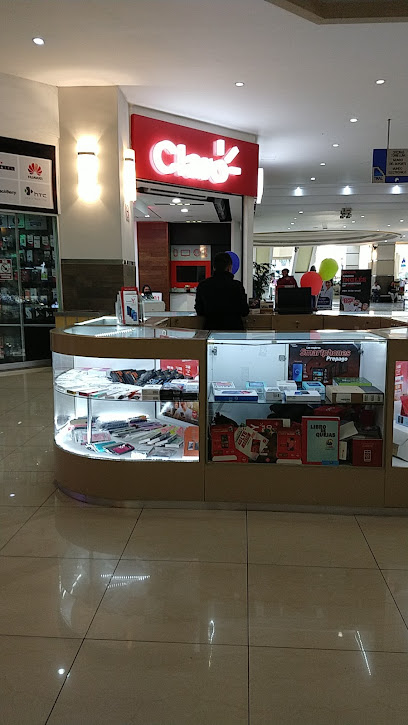
Dollarcity Tikal Futura
Explore Dollarcity Tikal Futura for unbeatable deals on a wide range of products, perfect for tourists seeking value in Guatemala City.
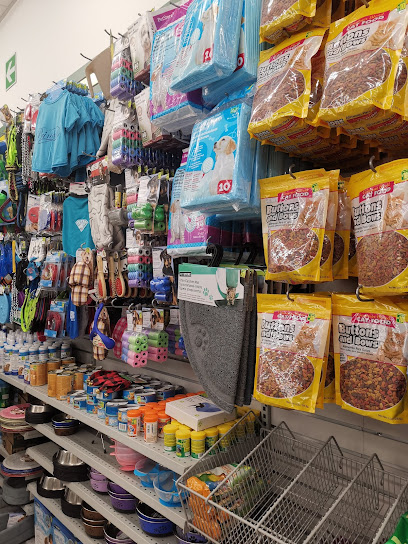
MEGA OUTLET GUATEMALA
Explore Mega Outlet Guatemala for unbeatable deals on appliances and home essentials in the heart of Guatemala City.

Le Bolshá • Tikal Futura
Discover unique fashion accessories that embody the vibrant spirit of Guatemala City at Le Bolshá, your go-to boutique for stylish finds.

Totto • Miraflores
Discover Totto in Miraflores, your ultimate destination for stylish bags and clothing, perfect for every fashion-forward traveler.
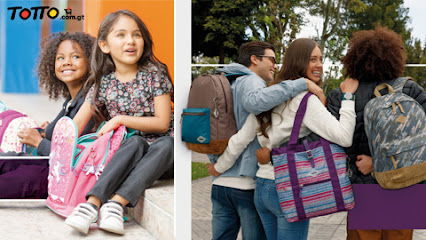
Agencias Way Tikal
Explore Agencias Way Tikal, where unique Guatemalan craftsmanship meets modern design in a stunning furniture store experience.
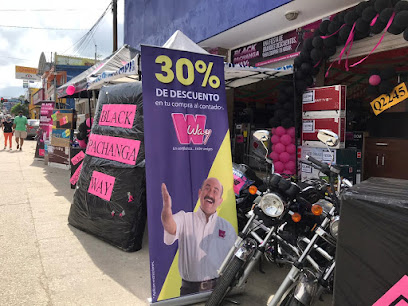
Neva Tikal Futura
Explore a kaleidoscope of fabrics at Neva Tikal Futura, where creativity meets tradition in the heart of Guatemala City.
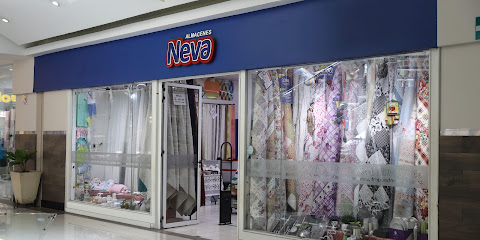
llantas tikal
Discover Llantas Tikal, Guatemala’s premier motorsports store, offering an extensive range of tires and accessories for every automotive need.
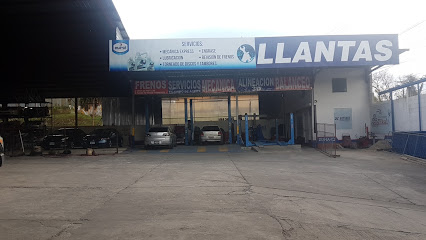
Tvoffer Tikal Futura
Discover unique home goods and local craftsmanship at Tvoffer Tikal Futura, a vibrant shopping destination in Guatemala City.

Essential bars & hidden hideouts
Tikal Futura
Experience luxury and comfort at Tikal Futura, the premier hotel in Guatemala City, offering easy access to culture, history, and modern amenities.
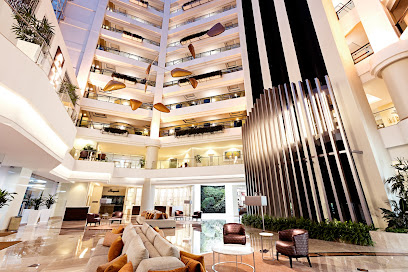
Cielito Lindo, Paseo Miraflores
Experience the vibrant flavors of authentic Mexican cuisine at Cielito Lindo, a must-visit taco restaurant in Guatemala City.
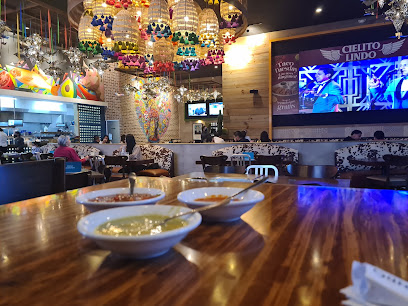
Las Cien Puertas
Experience the vibrant nightlife of Guatemala City at Las Cien Puertas, a lively bar offering local flavors and a welcoming atmosphere.
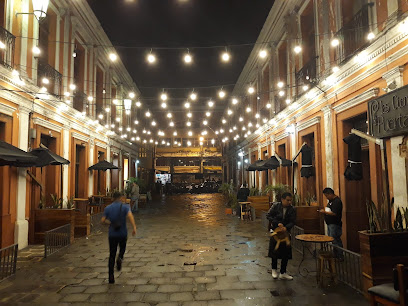
Tikal Park’s Restaurant
Experience the flavors of Guatemala at Tikal Park’s Restaurant, where culinary delights meet the breathtaking beauty of Mayan ruins.
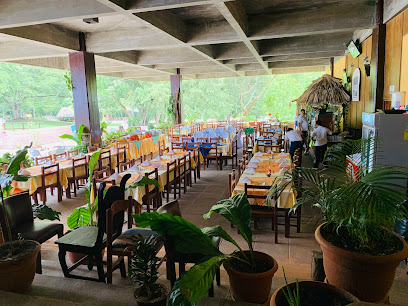
Hotel Tikal Inn, Tikal
Discover the serene beauty and rich history of Tikal at Hotel Tikal Inn, your gateway to adventure and comfort in Guatemala's ancient heart.

Tikal Coffee & Bar
Explore Tikal Coffee & Bar in Flores for a delightful culinary experience with local flavors, exquisite coffee, and a stunning view.
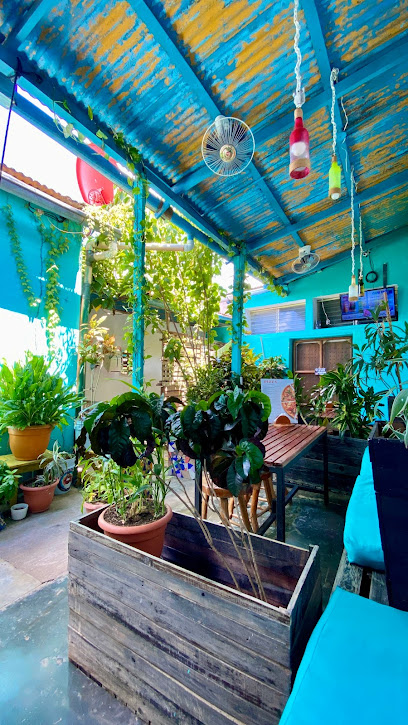
Comedor Imperio Maya
Discover the rich flavors of Guatemala at Comedor Imperio Maya, a culinary haven surrounded by the stunning ruins of Tikal.
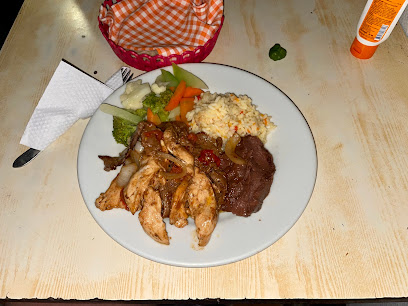
Panela
Experience the authentic flavors of Guatemala at Panela, a charming restaurant nestled in the heart of Tikal, perfect for tourists seeking local cuisine.
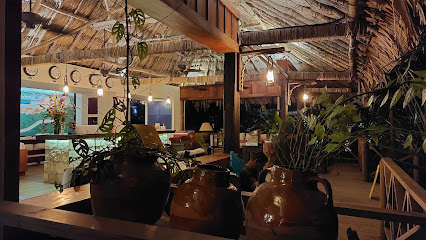
Restaurante Bar Yuling
Discover the flavors of Guatemala at Restaurante Bar Yuling, where authentic rice dishes and warm hospitality await you.
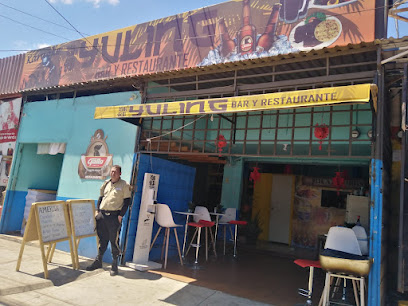
Comedor Tikal
Experience the authentic taste of Guatemalan cuisine at Comedor Tikal, a cozy restaurant nestled in the heart of Tikal's ancient ruins.
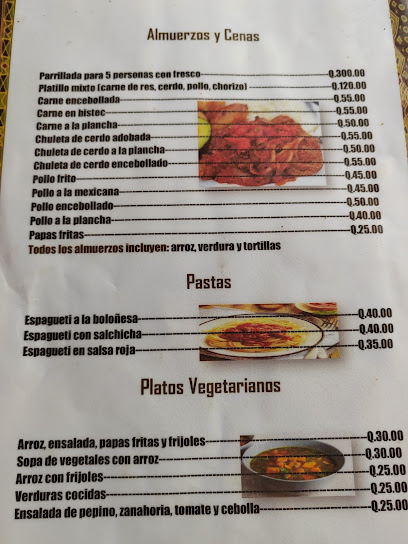
Distrito 7 Food & Drinks
Experience authentic Guatemalan cuisine at Distrito 7 Food & Drinks, where every dish tells a story of rich culinary traditions.
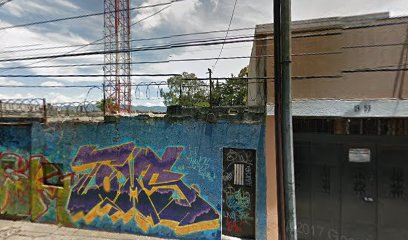
Eleven Lobby Bar
Experience the vibrant nightlife at Eleven Lobby Bar, Guatemala City's top night club, featuring chic cocktails and an electric atmosphere for unforgettable evenings.
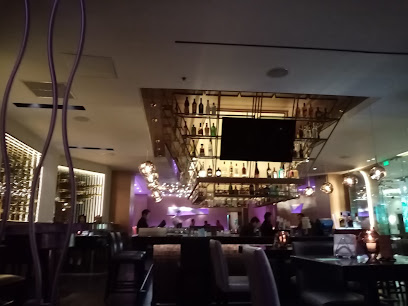
TIKAL SOCIAL BAR
Dive into the lively atmosphere of Tikal Social Bar in Villa Nueva, Guatemala, where sports, local drinks, and socializing come together for an unforgettable experience.
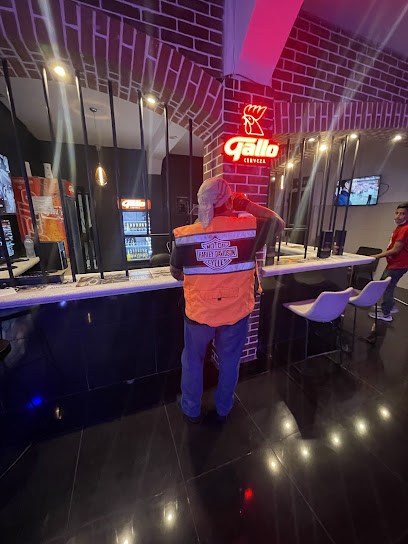
Tikal Sport
Experience vibrant nightlife at Tikal Sport, a lively bar in the heart of Guatemala City, offering local drinks and a warm atmosphere for all.
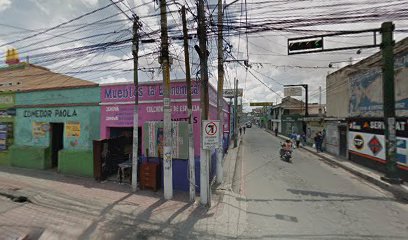
Taqueria San Miguel
Discover authentic Guatemalan flavors at Taqueria San Miguel, a cozy bar and restaurant in Guatemala City, perfect for a culinary adventure.
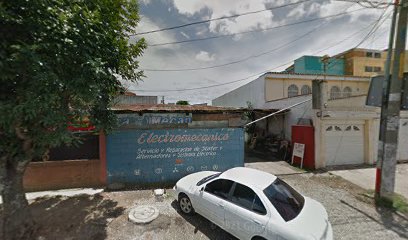
Local Phrases
-
- HelloHola
[oh-lah] - GoodbyeAdiós
[ah-dee-ohs] - YesSí
[see] - NoNo
[noh] - Please/You're welcomePor favor/De nada
[por fah-vohr/deh nah-dah] - Thank youGracias
[grah-see-ahs] - Excuse me/SorryPerdón/Lo siento
[pehr-dohn/loh see-ehn-toh] - How are you?¿Cómo estás?
[koh-moh ehs-tahs] - Fine. And you?Bien. ¿Y tú?
[byehn. ee too] - Do you speak English?¿Hablas inglés?
[ah-blahs een-glehs] - I don't understandNo entiendo
[noh ehn-tyehn-doh]
- HelloHola
-
- I'd like to see the menu, pleaseMe gustaría ver el menú, por favor
[meh goo-stah-ree-ah behr ehl meh-noo, por fah-vohr] - I don't eat meatNo como carne
[noh koh-moh kahr-neh] - Cheers!¡Salud!
[sah-lood] - I would like to pay, pleaseMe gustaría pagar, por favor
[meh goo-stah-ree-ah pah-gahr, por fah-vohr]
- I'd like to see the menu, pleaseMe gustaría ver el menú, por favor
-
- Help!¡Ayuda!
[ah-yoo-dah] - Go away!¡Vete!
[veh-teh] - Call the Police!¡Llama a la Policía!
[yah-mah ah lah poh-lee-see-ah] - Call a doctor!¡Llama a un médico!
[yah-mah ah oon meh-dee-koh] - I'm lostEstoy perdido
[ehs-toy pehr-dee-doh] - I'm illEstoy enfermo
[ehs-toy ehn-fehr-moh]
- Help!¡Ayuda!
-
- I'd like to buy...Me gustaría comprar...
[meh goo-stah-ree-ah kohm-prahr...] - I'm just lookingSolo estoy mirando
[soh-loh ehs-toy mee-rahn-doh] - How much is it?¿Cuánto cuesta?
[kwan-toh kwehs-tah] - That's too expensiveEso es demasiado caro
[eh-soh ehs deh-mah-see-ah-doh kah-roh] - Can you lower the price?¿Puede bajar el precio?
[pweh-deh bah-hahr ehl pree-syoh]
- I'd like to buy...Me gustaría comprar...
-
- What time is it?¿Qué hora es?
[keh oh-rah ehs] - It's one o'clockEs la una
[ehs lah oo-nah] - Half past (10)Las diez y media
[lahs dyehs ee-ehs ee meh-dee-ah] - MorningMañana
[mah-nyah-nah] - AfternoonTarde
[tahr-deh] - EveningNoche
[noh-cheh] - YesterdayAyer
[ah-yehr] - TodayHoy
[oy] - TomorrowMañana
[mah-nyah-nah] - 1Uno
[oo-noh] - 2Dos
[dohs] - 3Tres
[trehs] - 4Cuatro
[kwah-troh] - 5Cinco
[seen-koh] - 6Seis
[seys] - 7Siete
[syeh-teh] - 8Ocho
[oh-choh] - 9Nueve
[nweh-veh] - 10Diez
[dyehs]
- What time is it?¿Qué hora es?
-
- Where's a/the...?¿Dónde está...?
[dohn-deh ehs-tah] - What's the address?¿Cuál es la dirección?
[kwal ehs lah dee-rehk-syohn] - Can you show me (on the map)?¿Puedes mostrarme (en el mapa)?
[pweh-dehs mohs-trahr-meh (ehn ehl mah-pah)] - When's the next (bus)?¿Cuándo es el próximo (autobús)?
[kwan-doh ehs ehl proh-ksee-moh (ow-toh-boos)] - A ticket (to ....)Un boleto (a ....)
[oon boh-leh-toh (ah ....)]
- Where's a/the...?¿Dónde está...?
History of Tikal
-
Tikal, known anciently as Yax Mutal, was founded around the 4th century BCE. The city grew as a small settlement within the dense rainforests of what is now Guatemala. Over the centuries, it developed into a major urban center, playing a crucial role in the political, economic, and cultural life of the Maya civilization.
-
By the late Preclassic period (300 BCE to 250 CE), Tikal began to emerge as a significant power in the Maya region. This era saw the construction of some of Tikal's earliest monumental structures, including large pyramids and temples. The city's strategic location allowed it to become a central hub for trade and military endeavors.
-
The Classic Period (250 to 900 CE) marked the zenith of Tikal's power and influence. During this time, Tikal was ruled by a series of powerful kings, often referred to as 'ajaw.' The city expanded rapidly, with the construction of grand temples, palaces, and causeways. Notable structures from this period include Temple I (Temple of the Great Jaguar) and Temple IV, both of which stand as testaments to the city's architectural and artistic achievements.
-
One of the defining aspects of Tikal's history is its long-standing rivalry with the city-state of Calakmul. This conflict, known as the 'Star Wars' in Maya history, involved numerous military encounters and political maneuvers. The rivalry reached its peak during the 6th and 7th centuries, profoundly impacting the political landscape of the Maya lowlands.
-
By the late 9th century, Tikal began to experience a decline, a fate shared by many other Maya cities. The factors contributing to this decline include environmental changes, resource depletion, and internal strife. The city's population dwindled, and many of its monumental structures were abandoned. By the end of the 10th century, Tikal had largely fallen into ruin, marking the end of its dominance in the region.
-
Tikal remained hidden beneath the dense jungle for centuries until its rediscovery in the mid-19th century. Explorers such as Modesto Méndez and Ambrosio Tut visited the site, bringing it to the attention of the world. Extensive archaeological work has since been undertaken to uncover and restore the grandeur of Tikal's ancient structures. Today, Tikal is a UNESCO World Heritage Site, attracting scholars and tourists alike who seek to explore its rich history and cultural significance.
Tikal Essentials
-
Tikal is located in the Petén region of northern Guatemala. The nearest major airport is Mundo Maya International Airport (FRS) in Flores, approximately 65 kilometers from Tikal. From the airport, you can take a bus, shuttle, or taxi to Tikal. The journey typically takes around 1.5 to 2 hours by road. There are also direct buses from Guatemala City and other major cities in Guatemala to Flores, from where you can transfer to a local bus or shuttle to reach Tikal.
-
Within the Tikal National Park, the primary mode of transportation is walking, as vehicles are not allowed inside the archaeological site. For reaching the park and nearby areas, you can use local shuttle services, taxis, or rental cars. Shuttle services are available from Flores and other nearby towns. If you prefer more flexibility, renting a car in Flores is a convenient option.
-
The official currency in Guatemala is the Guatemalan Quetzal (GTQ). Credit cards are accepted in hotels, restaurants, and shops in Flores and Tikal, but it is advisable to carry cash, as smaller vendors and rural areas may not accept cards. ATMs are available in Flores, but it's recommended to withdraw sufficient cash before heading to Tikal.
-
Tikal is generally a safe destination for tourists. However, it is important to take standard precautions. Avoid walking alone at night in isolated areas and keep an eye on your belongings in crowded places. Petén, the region where Tikal is located, has had some issues with crime, so it's best to stay vigilant and follow local advice. Stick to well-traveled areas and use reputable transportation services.
-
In case of emergency, dial 120 for immediate assistance. The nearest medical facilities are in Flores, so it is advisable to have travel insurance that covers medical emergencies. For minor health issues, there are pharmacies in Flores where you can purchase over-the-counter medications. Make sure to have a basic first aid kit with you during your visit to Tikal.
-
Fashion: Do wear comfortable and lightweight clothing suitable for a tropical climate. Avoid wearing revealing clothing, especially when visiting cultural sites. Religion: Do respect Mayan heritage and any local religious practices you may observe. Public Transport: Do be respectful and courteous to fellow passengers. Don't eat or drink on public transport. Greetings: Do greet people with a friendly 'Hola' or 'Buenos días'. A handshake is also common. Eating & Drinking: Do try local dishes and accept food offerings graciously. Don't refuse hospitality, as it is considered impolite.
-
To experience Tikal like a local, consider visiting early in the morning to catch the sunrise and avoid the midday heat. Hire a local guide to gain deeper insights into the history and significance of the site. Engage with locals in Flores and learn about their culture and traditions. Don't miss exploring the nearby town of El Remate, which offers a more relaxed atmosphere and beautiful views of Lake Petén Itzá.
Trending Landmark in Tikal
Nearby Cities to Tikal
-
Things To Do in Flores
-
Things To Do in San Ignacio
-
Things To Do in Orange Walk Town
-
Things To Do in Hopkins
-
Things To Do in Dangriga
-
Things To Do in Punta Gorda
-
Things To Do in Placencia
-
Things To Do in Belize City
-
Things To Do in Caye Caulker
-
Things To Do in Livingston
-
Things To Do in Rio Dulce
-
Things To Do in Corozal Town
-
Things To Do in San Pedro
-
Things To Do in Puerto Barrios
-
Things To Do in Puerto Cortés










